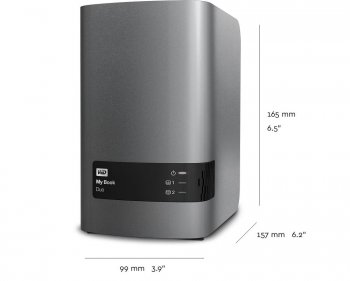The source of the trouble is explained, for the most part, in this HGST document from July, 2016 (or at least that's when it was last revised).
https://www.hgst.com/sites/default/files/resources/HGST-Power-Disable-Pin-TB.pdf
We would expect that a long model number from HGST would tell all about the actual part, but no. One must know both the model number AND the part number. Whether a given drive has the "Power Disable Feature" (i.e. requires no or low voltage on SATA Pin 3 to spin up, e.g. 0.7 volts will do, but the normal 3 volts will not) depends on the part number.
In the linked PDF article, they give the part numbers for the He 10 drives but not for the newer He 12's, and my one attempt at finding the info for the 12's on their site failed to turn anything up. Beware that some part numbers also designate a particular mechanism as being an OEM class, which carries no warranty at all from HGST and only a 2-year warranty from the vendor. That's what I got when I bought an He10 for $355 from a shop in Florida. I got what I paid for. The only two vendors which I could identify with certainty offering the non-Power Disable type He 10's from HGST were selling them for around $500, so I considered the Seagate He10 from OWC and bought one to try out and it worked (thank you), then bought another, so now I've got my set of three 10's. (one master internal in the Mac Pro 4,1 and two externals for cloning with a Voyager Q, which happily has low or no voltage on Pin 3 for some reason, so the HGST He 10 works in it.
Also, the only sources of the He 12 from HGST that I've found want $700 for them, so for a while now the 10's will remain more compelling for me, based on being just over half price.
Note that HGST says in their PDF that they are phasing in the feature and will put it in all of their drives at some point, but they don't say when, so it's possible that the 12's don't even exist without the feature. And note that most vendors are not telling us in their web pages about the feature -- surprise! Your drive is a brick! Some are telling us. Mine warned but I missed the fine print.
It looks as though Seagate is taking a slower approach toward adding this feature, as it's clearly not present in either of their two He 10 models (ending of their model numbers is -16 and -86 I think). I don't know whether it's present in their two (at least) non-He 10TB models, but it's very, very likely that it's not. OWC sells the two I'm thinking of plus the two He 10's that I'm thinking of (all Seagate 10's) and they claim they work in all the Mac Pro's, so if that's the case, they certainly don't have the feature. The feature is a SATA v3.3 feature, but even though HGST is officially at SATA 3.2, they are including it in what seem to be the great majority of their drives shipped to the U.S.
I do worry about future drives all having the feature. I checked around and I was unable to find any external RAID enclosure such as one might use with a newer type Mac Pro which was hip to the new feature. Some only come with drives already installed (Pegasus for example). It looks like there will be a schism between SATA enclosures/busses and SATA drives for a while. No old machines will work with newer drives perhaps, esp. from HGST. They will switch to branding all their stuff as WD in December of this year, 2017, I gather. The 18-month waiting period mandated by Chinese law will end then. Whether WD will continue with duplicate product lines I have no idea. WD has already started to deploy drives (e.g. He drives) which seem to use HGST technology.
I prefer He drives in principle, despite using up a bit more of the very limited and disappearing supply of helium. Did you know that all of the helium on Earth is derived from the radioactive decay of 238U and 232Th in the core of the planet? It's been slowly created over billions of years, filters upward and some gets trapped under salt domes with natural gas, for example, which is where we get our supply. Unlike hydrogen, which is highly reactive and thus pretty much always stuck to oxygen (water) or carbon (hydrocarbons) and thus does't boil off into space, helium is non-reactive/noble, thanks to its one orbital being full with two electrons, yet still light enough to boil off into space. So it's long been predicted that we'll be suddenly running out by the middle of this century, and with little in the way of price signals to make us conserve it. It's vital for a number of uses. Not so vital for blimps and balloons for kids. We should consider going back to hydrogen for blimps, even if it is more dangerous.


